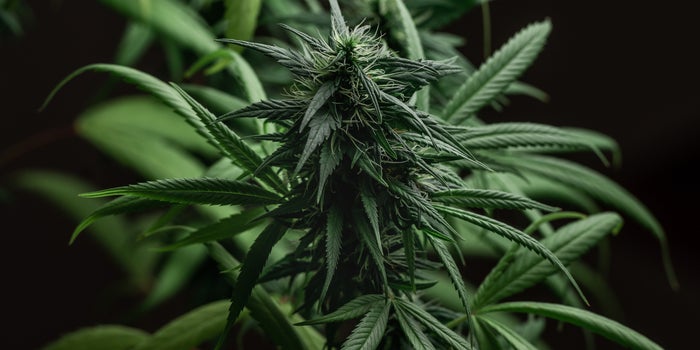You are here
Home 🌿 Cannabis Technology News 🌿 Carbon: The Forgotten Nutrient During Harvest Season 🌿Carbon: The Forgotten Nutrient During Harvest Season

What comes to mind when you think of plant nutrition and fertilizers? For most people, the first thoughts are something along the lines of “NPK,” “CalMag,” or “micronutrients” — but these elements collectively make up less than 10% of the composition of most plants. Whether they know it or not, all cannabis growers strive to sink as much carbon into their plants as possible.
Carbon plays a key role in determining yield and quality, but it has been largely overlooked in conventional and mainstream agricultural fertility programs.
All aspects of plant nutrition and fertility revolve around carbon. It is anything and everything to a plant: the zest of orange peels, the hue of lavender buds, the sweetness of licorice roots, the fiber in artichoke hearts. If it is something that a plant makes, then it is going to have carbon in it, including cannabinoids and terpenes.
A carbon-based approach to achieving higher yield and quality is more mechanical than it is esoteric, and there are not a lot of moving parts so we can keep it simple.
First, cannabinoids and terpenes are roughly 80% to 90% carbon by weight; second, the availability of carbon is what defines a plant’s ability to make cannabinoids and terpenes. If you take away nothing else from this article, remember those two simple facts.
There is no nitrogen, phosphorus or potassium in a molecule of THC. If you want more THC, you need more carbon. If you do not supplement carbon through the roots, it has to be supplemented in the air, which is not the most efficient way of loading carbon into a plant, despite it being the most common method used in modern cannabis agriculture.
CO2 injection in sealed rooms results in increased growth, yield and quality because the added carbon load provides the plants with additional building blocks and acts as a buffer against stressors. As the carbon load goes up, so too does a plant’s ability to tolerate higher light intensity and fertilizer levels, which is why commercial growers who add carbon in the form of CO2 can push their plants harder and grow them in more demanding environments.
In fact, all of the usual elements that come to mind when we think of “plant fertilizer” — NPK, CalMag, etc. — are actually just tools that plants use to capture more carbon from the environment. For example, most of the nitrogen you put on your plants is going to end up being a constituent of either an enzyme called rubisco or the well-known pigment chlorophyll. Rubisco is one of the most abundant enzymes on earth, and it only has one job: to capture carbon out of the air. Chlorophyll is not far behind rubisco in terms of abundancy on this planet, and it also plays a key role in capturing carbon.
Here again, you can see the simple mechanics of our carbon-based approach: most of the nitrogen you apply to your plants will ultimately be used to capture, store and utilize more carbon. The same thing is true with phosphorus, potassium, calcium, magnesium, silicon and even water. Pretty much everything a plant does revolves around carbon. It is required in significantly larger amounts than any other individual element, easily four times more than the combination of all of the elements that are collectively thought of as macro- and micronutrients.
The concept of carbon loading is relatively new for most producers in the industry, and it is one of the most important yet overlooked and underutilized practices. Commercial producers who are looking to improve on their yields and quality are going to eventually come around to the realization that it is all about carbon. Sinking more carbon into your plants is going to allow you to pull more terpenes and cannabinoids back out.
Because you really do reap what you sow.
At the beginning of this article, we asked what comes to mind when you think of plant nutrition and fertilizers. Hopefully at this point, carbon is the first thing that comes to mind.
420 Intel is Your Source for Marijuana News
420 Intel Canada is your leading news source for the Canadian cannabis industry. Get the latest updates on Canadian cannabis stocks and developments on how Canada continues to be a major player in the worldwide recreational and medical cannabis industry.
420 Intel Canada is the Canadian Industry news outlet that will keep you updated on how these Canadian developments in recreational and medical marijuana will impact the country and the world. Our commitment is to bring you the most important cannabis news stories from across Canada every day of the week.
Marijuana industry news is a constant endeavor with new developments each day. For marijuana news across the True North, 420 Intel Canada promises to bring you quality, Canadian, cannabis industry news.
You can get 420 Intel news delivered directly to your inbox by signing up for our daily marijuana news, ensuring you’re always kept up to date on the ever-changing cannabis industry. To stay even better informed about marijuana legalization news follow us on Twitter, Facebook and LinkedIn.




